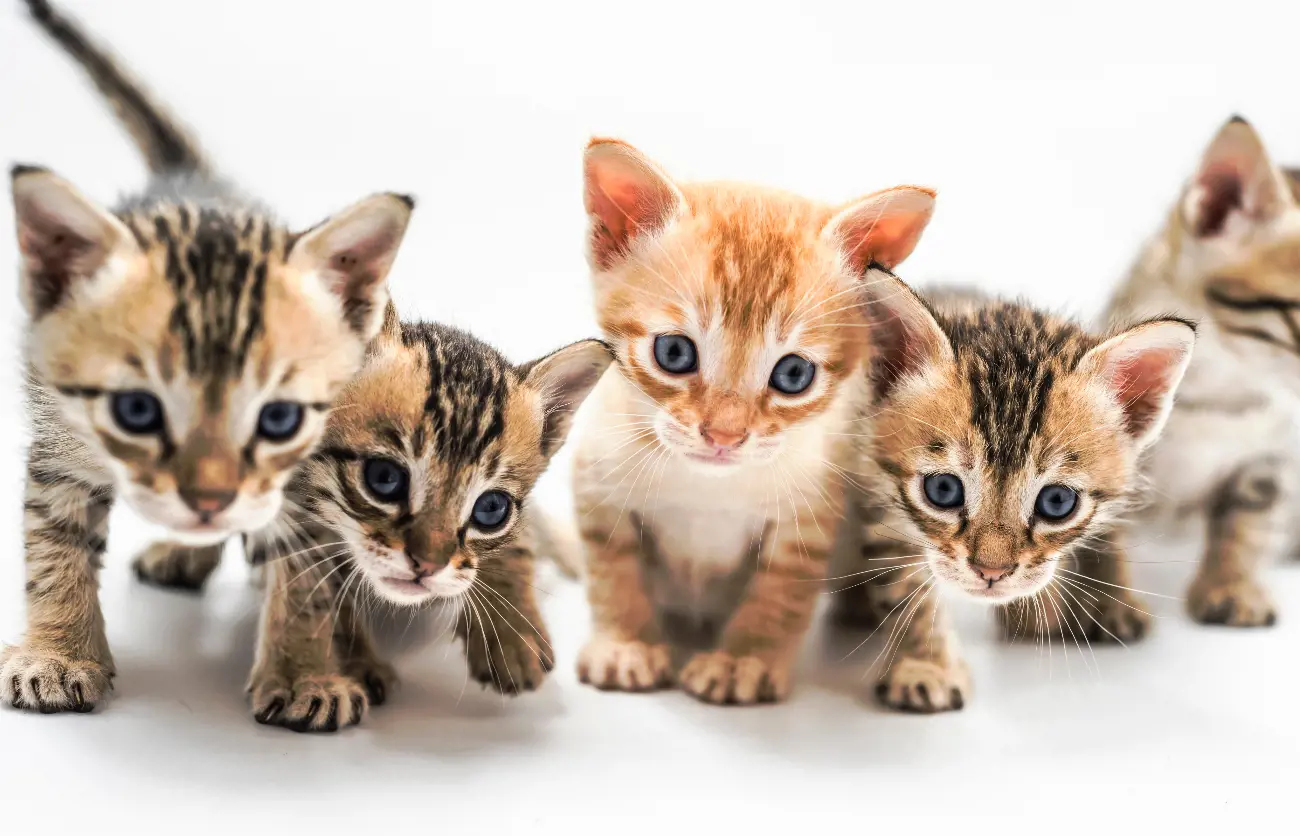A-Z of cat health problems
24th February, 2022
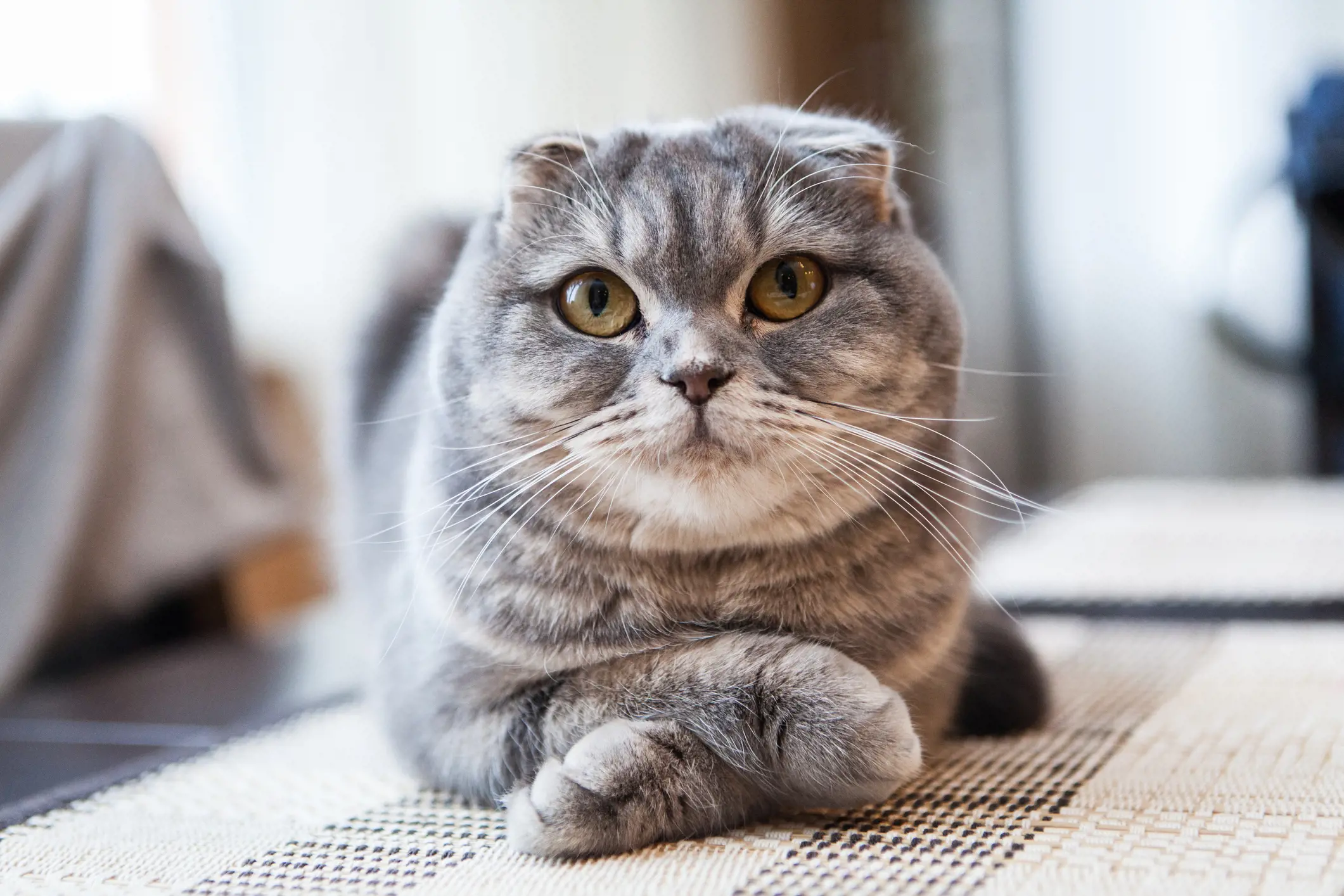
Has your cat been sneezing more than usual? Are they showing signs of a tummy upset? Perhaps they’ve just coughed up their first hairball! Part of being a responsible pet owner is knowing what’s normal for your cat and spotting any signs of illness as early as possible.
Our A to Z of cat health problems features some of the most common ailments you might come up against. Having cat insurance in place will help you cover the cost of treatment.
After this, have a read of our useful feature on basic first aid for cats and dogs so that you can familiarise yourself with a few key techniques if the situation is more serious.
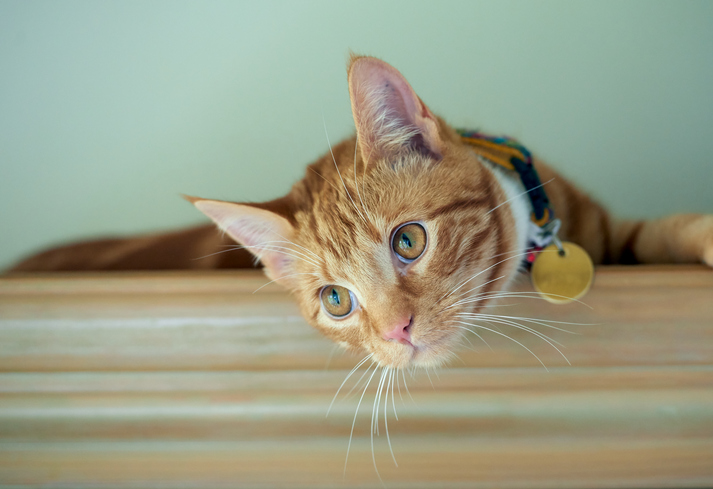
A is for allergies
Cat allergies come in a variety of forms including environmental, fleas, and food.
Environmental allergies will cover reactions towards substances such as pollen, grass, fungi, mould, and dust – although some cats are also allergic to perfume, cigarette smoke and some cleaning products.
Flea bites can cause a very irritating allergic reaction in cats – and can affect the whole body, not just the bite area itself.
Finally, some cats may be allergic to certain foods, and your vet will be able to help you find out what the problem foods are.
Allergy symptoms to look out for include sneezing, coughing, and wheezing; itchy or running eyes; vomiting or diarrhoea; and excessive grooming and/or scratching.
If you believe your cat has had an allergic reaction to something, contact your vet. They will be able to pinpoint the cause and decide on the best course of action.
B is for bladder infections
Also known as urinary tract infections or UTIs, these painful conditions can afflict cats of any age. Some of these infections will clear up after a short course of antibiotics. Others, if they develop into blockages and/or bladder stones, may require surgery.
Essentially, the lower urinary tract contains both the bladder, where urine is formed and stored, and the urethra, through which urine flows out of your cat's body. When these parts become infected, your cat won't be able to pass water in the normal way.
Symptoms may include frequent urination, with only a small amount passed each time; urinating outside their litter tray; blood in the urine; and straining, and/or crying out in pain, while going to the toilet.
Male cats are slightly more prone to these conditions than their female counterparts, because their urethra is longer and thinner.
C is for constipation
If you ever notice your cat straining while trying to poo, or if you find that they haven't produced anything in their litter tray for a day or two, it's likely that your cat is suffering from a short bout of constipation.
This is quite a common occurrence and tends to clear up quickly. However, if it seems to be becoming quite common in your cat, you should seek advice from your vet.
Reasons for constipation include:
- Feline megacolon. This is a condition in which the colon becomes enlarged and its muscles don't contract. Result: hard, dry stools build up within.
- A blockage to the colon, such as string, bones, or fur from over-grooming.
- Other problems inside the colon like tumours or narrow places.
- A diet that's lacking in sufficient fibre.
Depending on the cause of the constipation, different solutions may be appropriate. A low-fibre diet can be remedied by adding a high-fibre food, such as canned pumpkin, into the mix. If there seems to be fur in the digestive tract, hairball medications may be the answer.
In any scenario, plenty of exercise and fresh water are generally helpful, as both help move waste through the body more efficiently.
D is for diabetes
Cats can be prone to developing diabetes mellitus, in which not enough of the hormone insulin is being produced to balance the cat's blood sugar levels. If it's not treated in time, diabetes mellitus can result in loss of appetite, vomiting, weight loss and dehydration. Further down the line, cats can experience problems with motor function, comas, and even death.
A cat who has developed diabetes will be thirstier than usual, and will also be urinating more often. Diabetes is also more likely in obese cats. You may notice just the opposite to the loss of appetite we mentioned above: some diabetic cats will be hungrier than usual, because their bodies are not converting the sugar in their blood into the fuel they need.
Treatment will include twice-daily doses of insulin, which your vet will teach you how to administer. The cost of this insulin will mount up over an animal's lifetime, but your cat insurance may offer some financial assistance.
E is for eye problems
If your cat’s normally bright, clear eyes are starting to look a little cloudy or gooey, or if they are pawing at their eyes or rubbing their face against the furniture, there's clearly something not quite right.
Cats' eyes can fall prey to a wide range of problems, including:
- Feline upper respiratory infections. Serious conditions such as feline calicivirus, pneumonitis and rhinotracheitis can all produce a sticky eye discharge.
- Conjunctivitis, or'pink eye' – in which the light pink lining around the eye becomes inflamed.
- Corneal disorders.The cornea – the dome-shaped front of the eye – can become injured, inflamed, or ulcerated, with results including cloudiness, blinking, inflammation, and increased tear production.
Each condition will need a slightly different course of treatment, so do consult your vet. Your pet insurance policy can help towards the cost of treatment.
F is for feline Infectious Peritonitis
This viral disease is caused by a feline coronavirus that affects both wild and domestic cats. The latter is distantly related to, but significantly different from, the coronavirus that causes COVID-19 in humans.
In fact, feline coronavirus is quite common and does not usually bring with it any serious health problems – typically just some mild diarrhoea. But in rare cases (around 10% of infected cats), the virus can multiply and mutate, resulting in an infection that spreads throughout the cat’s body.
The result can be a severe inflammation of tissues around the kidney, brain or abdomen. Look out for the early signs, which include low energy, fever, and loss of appetite.
G is for gingivitis
'Gingiva' is the scientific name for the gums, and gingivitis is the name for the condition in which these become inflamed – red, painful, sensitive, and prone to bleeding. It’s usually caused by plaque and tartar buildup – but it can be a warning sign for other illnesses such as cat flu or feline immunodeficiency.
In fact, mild gingivitis is very common in cats of all ages. However, if the condition deteriorates – what's referred to as moderate gingivitis – plaque will eventually accumulate and the gums will become more inflamed. Without intervention at this stage, the gingivitis will become severe. In severe cases, cats can have difficulty eating, and will need a thorough dental cleaning under anaesthesia.
This is a costly process, so make sure you have some cat insurance in place well before this is on the horizon.
H is for hairballs
You may simply think of a hairball as that unpleasant ball of wet, matted fur that you have to clean up after your cat has coughed it up. Well, yes: but, in fact, hairballs can sometimes be a little more serious. Specifically, if they get lodged in the digestive tract.
But what are hairballs, exactly? Well, when your cat grooms themself, as cats love to do, their tongue catches loose and dead hair, which they then swallow. Most of this gets passed through the digestive tract and out the other end: but some can hang around in the stomach, forming a ball which, typically, your cat will vomit out.
One effective way to discourage the excessive grooming that produces hairballs is to groom your cat yourself. It can be a nice bonding moment for the two of you, as well. Read our guide on how to groom your cat properly now.
I is for Inflammatory Bowel Disease
Produced by inflammatory cells within the digestive tract, this syndrome brings with it a series of problems and behaviours that typically include vomiting, diarrhoea, reduced appetite, weight loss and flatulence.
In cats, IBD can often bring with it other, more serious conditions such as liver disease and pancreatitis.
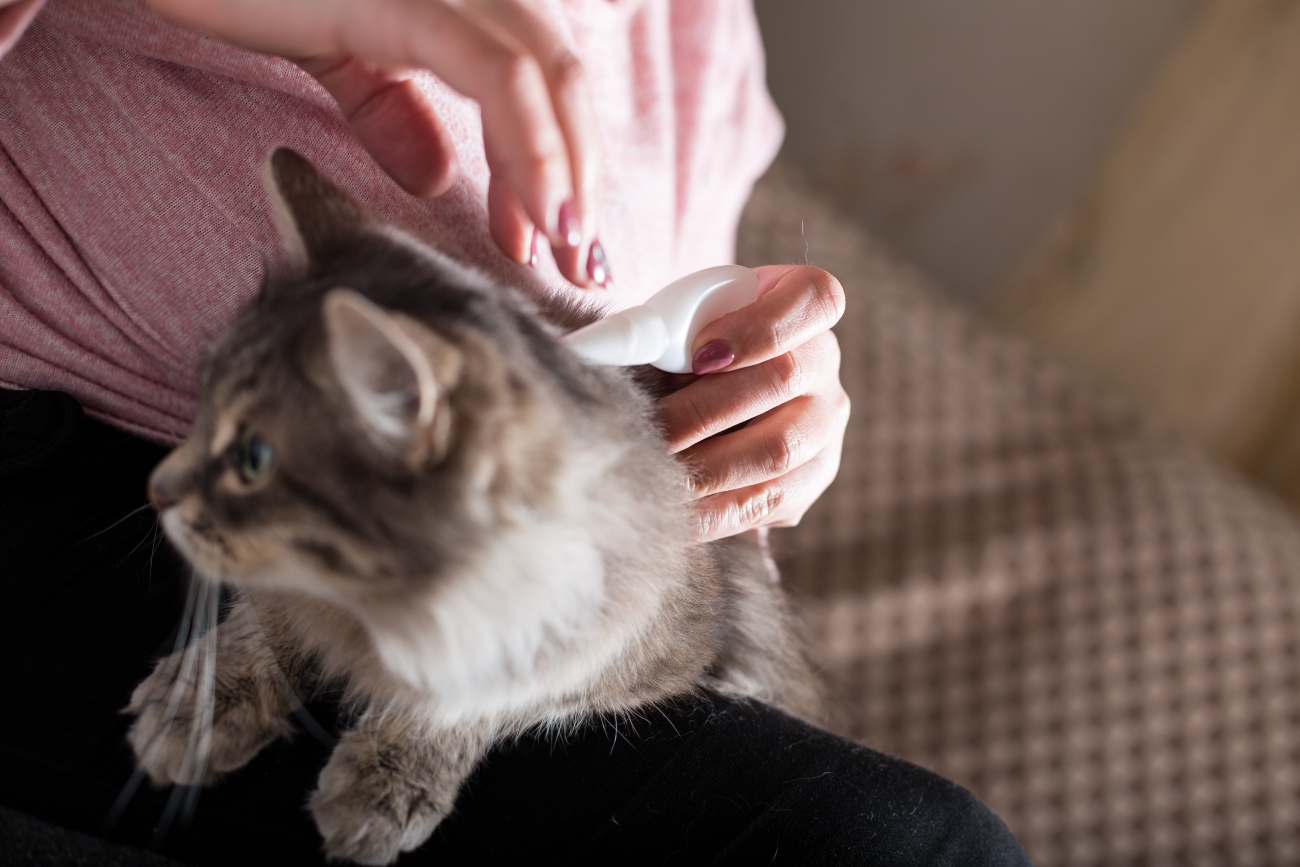
J is for jaundice
This yellowing of the skin can be caused by a few different medical conditions. Effectively, though, it's caused by waste products accumulating in the blood. These might be by-products from a liver disease, or they may come from the bloodstream itself.
How do you look out for jaundice? You're most likely to notice this yellowing in the whites of your cat’s eyes, along the lips or roof of the mouth, or inside the ears. You might also notice other behaviours: your cat may seem sluggish, their appetite may decrease, and/or they might vomit frequently.
Treatment will depend on what's causing the jaundice, but will typically involve medication. The good news is that, once the problem is localised and treatment started, most cats will recover quickly.
K is for kidney failure
It's important to look after your cat’s kidneys, as they perform many essential functions – including regulating blood pressure, producing hormones such as insulin, and removing waste from the bloodstream.
No surprise, then, that kidney disease, if left untreated, can lead to various problems. If it's diagnosed and treated early enough, though, your cat's length and quality of life shouldn't be affected.
Treatments can span everything from surgery to remove any blockages, to special diets and medications. A calm home life, regular vet check-ups, and lots of fresh water will help to ensure the best outcome.
L is for lice
Minuscule parasites feed on dry skin, lice can often go unnoticed. However, they are definitely something to be vigilant of, as large infestations of these tiny creatures can lead to scratching, restlessness, and even hair loss.
Like mites, the most effective treatment involves putting a solution onto affected areas.
M is for mange
This skin complaint affects many animals – including cats. Rather than a disease, mange is actually an infestation of mites – tiny parasites that bite into skin and cause flaking, itching, inflammation and hair loss.
Mange is actually relatively uncommon in cats, and many owners won't recognise it straight away. However, it is very contagious and spreads easily between pets, so you should treat it at the first sign you see. Treatment – through any one of several medicines – is short and effective, and your vet will be able to advise. Call the Purely Pets 24-Hour Vet Helpline for advice, too.
N is for new lumps
New lumps on your cat don’t necessarily mean cancer, but you should get them checked out by a vet. Male cats are more likely to get a lymphoma than female felines. Plus, the older they get, the more susceptible they are to this horrible disease. We’ve got more information on how to spot cancer in cats elsewhere on our site. Perhaps, considering the differences between a male and female cat could help you further understand this.
Remember, there’s no upper age limit for cats at Purely Pets. We can provide feline insurance for tiny kittens or senior moggies. Go online for a quick quote today.
O is for osteoarthritis
Arthritis is quite common in cats, and – just as in us humans – results in painful joints and discomfort moving around.
There is, unfortunately, no cure for feline arthritis. However, there are ways that you can help your cat to manage the condition.
You may notice a reluctance to jump up or down, or an increased difficulty in climbing or descending stairs. There may be some stiffness in the legs, especially when they get up after a rest. The pain may make them irritable; they may spend less time grooming, as the movements and stretches it demands become more painful.
Treatment usually centres on anti-inflammatory drugs, plus medication to manage the pain.
P is for pregnancy
Unless spayed, female cats can become pregnant from as young as four months old. They can go into heat every two to three weeks during spring, summer and early autumn, meaning that opportunities to fall pregnant come around fairly often.
Pregnancy in cats lasts around nine weeks, which means that your cat could have their first litter of kittens at just six months of age!
Q is for quivering jaw
Also known as chattering, this is when a cat's jaw quivers, or shakes, visibly. Usually, this is a sign that all is not well with their teeth. They may have a condition called tooth resorption, which leads to painful erosions in the surface of the tooth.
You'll usually notice this quivering jaw behaviour when your cat is eating, grooming, or washing their face. Essentially, your cat is experiencing a shooting pain from the tooth root.
This is clearly a sign of abnormalities within the mouth, and you should consult your vet as soon as possible.
R is for ringworm
This fungus can particularly affect cats under the age of one. Its visible signs include circular wounds – in particular on the cat’s head, ears, and forelimbs, although they may be found elsewhere around the body as well.
You'll find that the skin around these wounds often becomes flaky and bald. Ringworm is definitely something to be aware of, as it is very contagious and can easily be passed onto other members of the household, both pets and humans.
S is for salmonella
This bacteria can bring with it a condition called salmonellosis, which in turn can lead to gastroenteritis (inflammation of the stomach and intestines, causing vomiting and diarrhoea) and septicaemia, or blood poisoning.
Symptoms and behaviours to look out for include fever, lethargy, diarrhoea and vomiting. Younger and older cats with weak immune systems are most at risk.
Cats can often be treated with a quick visit to the vet, though for more serious cases they may need to be kept in for a little longer. Either way, some cat insurance is likely to prove useful in helping to bear the costs of treatment.
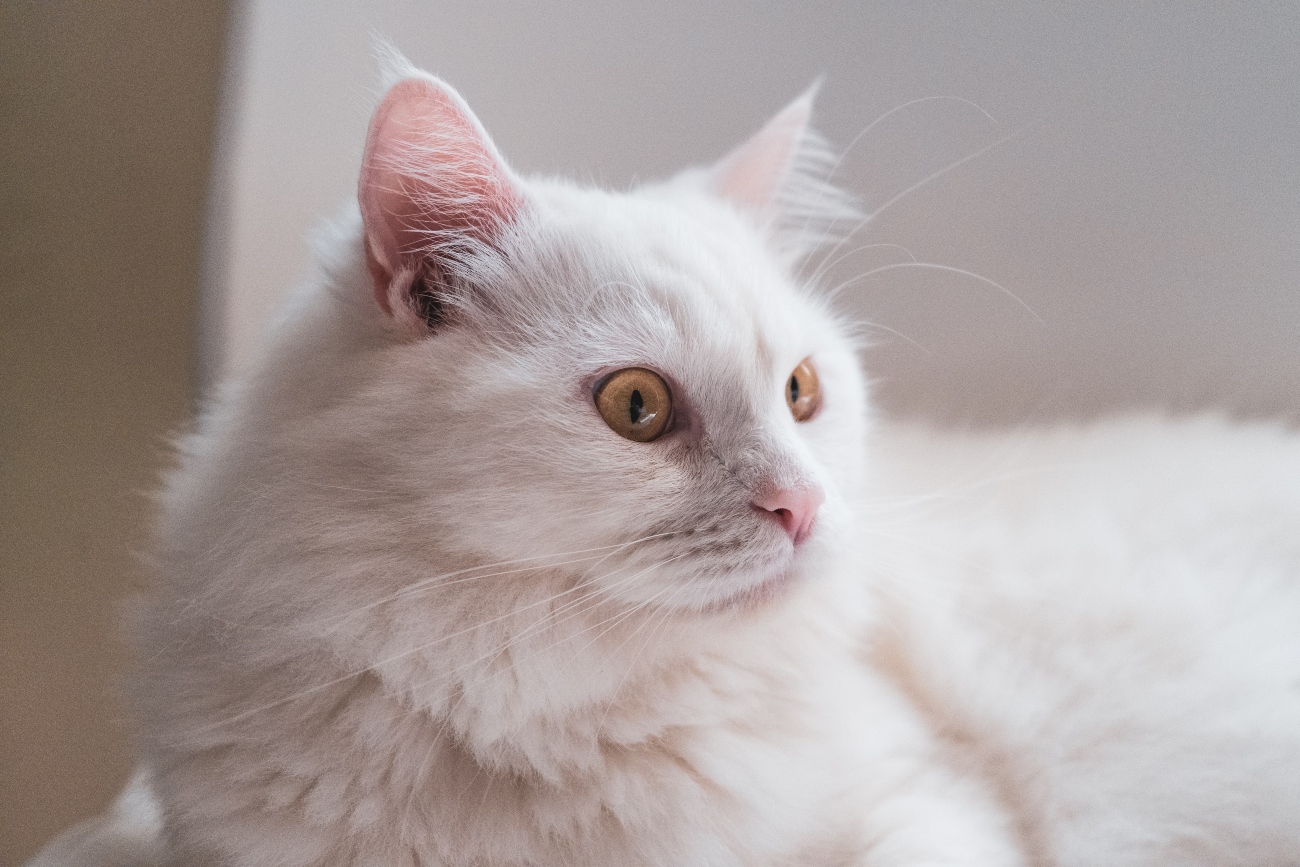
T is for tooth problems
Bad breath, tartar build-up, not eating as normal – all signs that your cat is having problems with its teeth. We’ve got some top tips on how to look after your pet’s oral hygiene elsewhere on our site.
Removal of teeth is an expensive treatment so you’ll want to get some cat insurance in place early on as this may be able to help protect you against vet bills for teeth-related emergencies.
U is for upper respiratory infection
This condition affecting the upper airway is fairly common in cats, and is almost always the result of a virus. Essentially, an upper respiratory infection will often seem similar to a common cold – but it can become much more serious.
The nose, throat and sinuses are all affected, and symptoms include sneezing, a runny nose, a cough, drooling and a fever. There may also be discharge from the nose and/or eyes, and you may notice that your cat seems depressed or lethargic.
Once again, treatment depends on the nature and severity of the infection, but medicines, rest, and plenty of fluids usually help to clear it up.
V is for vomiting
Not a condition in itself, rather a symptom of many different conditions. As a rule of thumb, if your cat is vomiting persistently over a period longer than 24 hours, it's time to contact the vet.
If you choose to take out cat insurance with Purely Pets, you will have unlimited access to our 24-Hour Vet Helpline, so you can call for advice if they’re being sick.
W is for worms
A fairly common feline health problem, worms or tapeworms in particular can live inside a cat's small intestine. A cat that is vomiting regularly and losing weight may well have a tapeworm inside them.
The easiest way to check for tapeworm is to examine your cat's stools and anus – and also to check their bedding. The latter can give clues as tapeworms will often pass through a cat's bottom while the animal is asleep or relaxed. Look for small white worms, or even things that look like sesame seeds or rice grains.
X is for xylitol
A naturally occurring alcohol found in many fruits and vegetables, xylitol is fairly commonly used as a sugar substitute, as well as in sugar-free sweets and chewing gums. However, you should be very careful not to let your cat near any product containing the substance.
A very small amount of xylitol can provoke a sudden release of the hormone insulin, meaning that your cat's blood sugars will become dangerously low. It is also extremely toxic to cats, and can cause liver failure.
Y is for yeast infection
Caused by a fungus, yeast infections tend to be more prevalent in cats with existing medical conditions. A yeast infection will typically make its presence felt with a black or yellow discharge. They are most common in the ear, so you may also notice the ear flaps become redder. Your cat is also likely to scratch their ear more than normal.
Generally not serious, yeast infections will respond quickly to treatment with an antifungal medicine. Make sure you consult with your vet, though, before applying any medicine yourself.
Z is for zoonotic diseases
This term describes an illness that can spread between animals and humans – coronavirus is a recent example with which we have all become familiar.
Fleas, scabies, ringworm and cryptosporidiosis (which can cause diarrhoea, vomiting, fever, abdominal cramps, and dehydration in both cats and people) can all be passed between humans and their feline companions.
A good general precaution against these diseases is to maintain excellent hygiene around your cat: wash your hands frequently and don't handle their stools directly.
More pet health advice
Are you a multi-pet household? Check out our A to Z of dog health problems now to protect any canine family members!
Like their owners, cats can fall prey to a variety of illnesses throughout their lives. Taking out some specialist cat insurance can help.
Get a quote from Purely Pets today.
Helpful Pages
Recent Posts
Pet Insurance Quote
- 98% claims paid *
- Claims paid directly to vets
- 24/7 vet video consultations
- Interest free monthly payments
